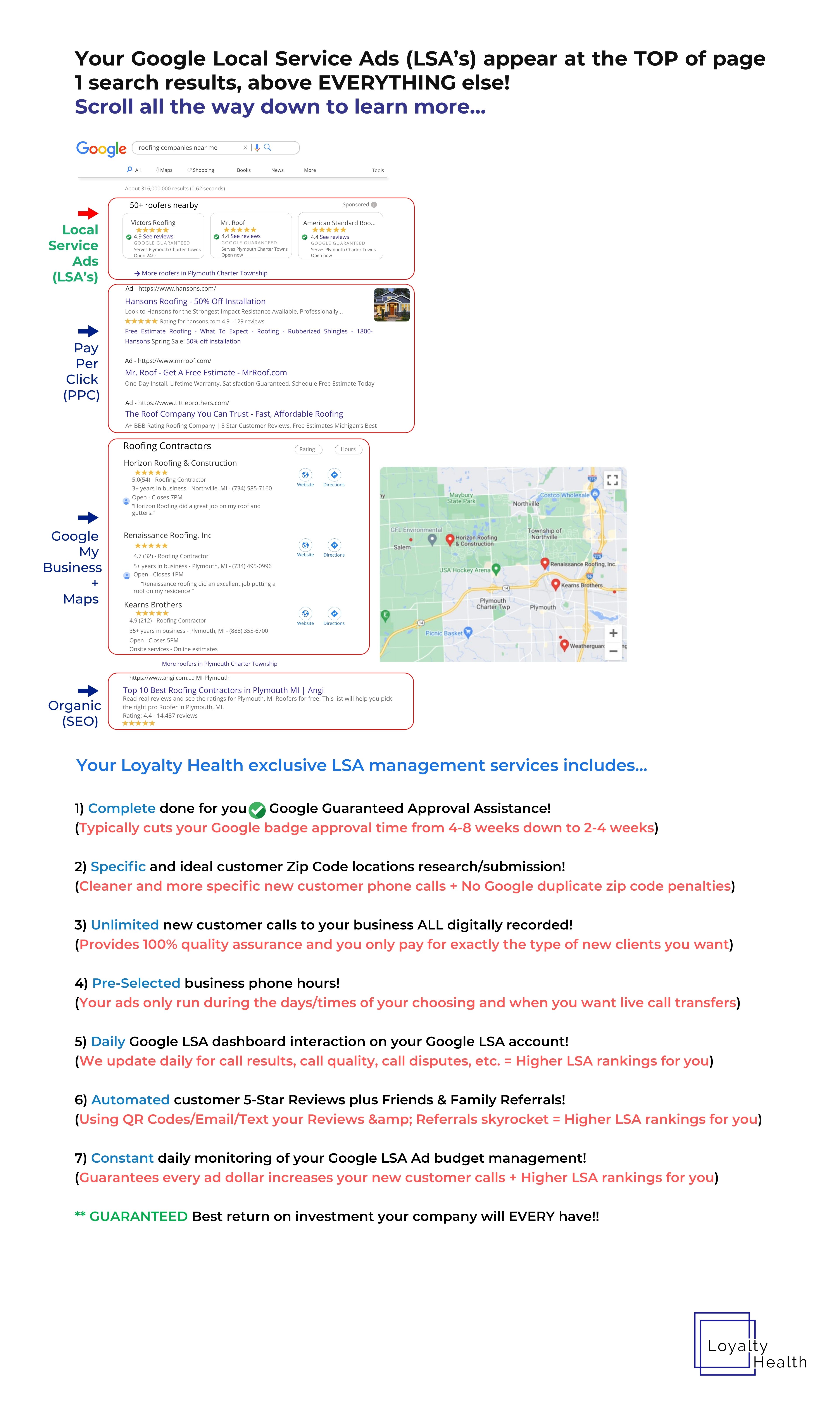Should You Delete or Update Old Blog Posts?
Ranking well in search results is vital to boosting traffic and attracting new customers. Outdated content might still be getting traffic, but if the content is irrelevant or obsolete, then the bounce rate is going to increase and have a negative impact on SEO.
So, one of the best ways to boost SEO on an old website, or to at least keep that site from losing traffic, is to make sure that the blog offers up-to-date information. But there are two search engine ranking factors that seem to be at odds with each other here: content age and relevancy.
Old posts tend to rank higher than brand new ones, but old content also becomes outdated and loses traffic at some point. So, should businesses delete old posts and replace them with fresh content? Or should they keep the old URL along with its backlinks and simply rewrite the content to keep it updated?
When to Update Old Content
When deciding whether to update or delete those old posts, the primary concern should be serving the customer while maintaining or improving traffic. If there are good backlinks pointing to the URL and the topic is still relevant to customers -- even though the information is no longer accurate -- then it should be updated with fresh info.
When to Delete Old Content
When the topic itself is no longer relevant to customers and will likely never be searched for again, then the old blog post should be deleted. It has become dead weight and will drag the site down.
This might be the case for old product pages, press releases and news updates that no longer offer any value today. Content that is no longer aligned with the company’s current branding and products could also be removed.
A Third Option: 301 Redirect
In some cases, though, a webpage might still get traffic and have great SEO value due to backlinks, but the content itself might be completely irrelevant to the company’s current offerings. When the content offers zero value to current customers yet still has SEO value, a 301 redirect should be used to push that traffic to related pages on the site that might still offer some value and turn a visitor into a potential lead.
When deciding whether to update, delete or redirect old blog content, always keep in mind both the relevancy of the topic for the customer along with the SEO value of the URL.


